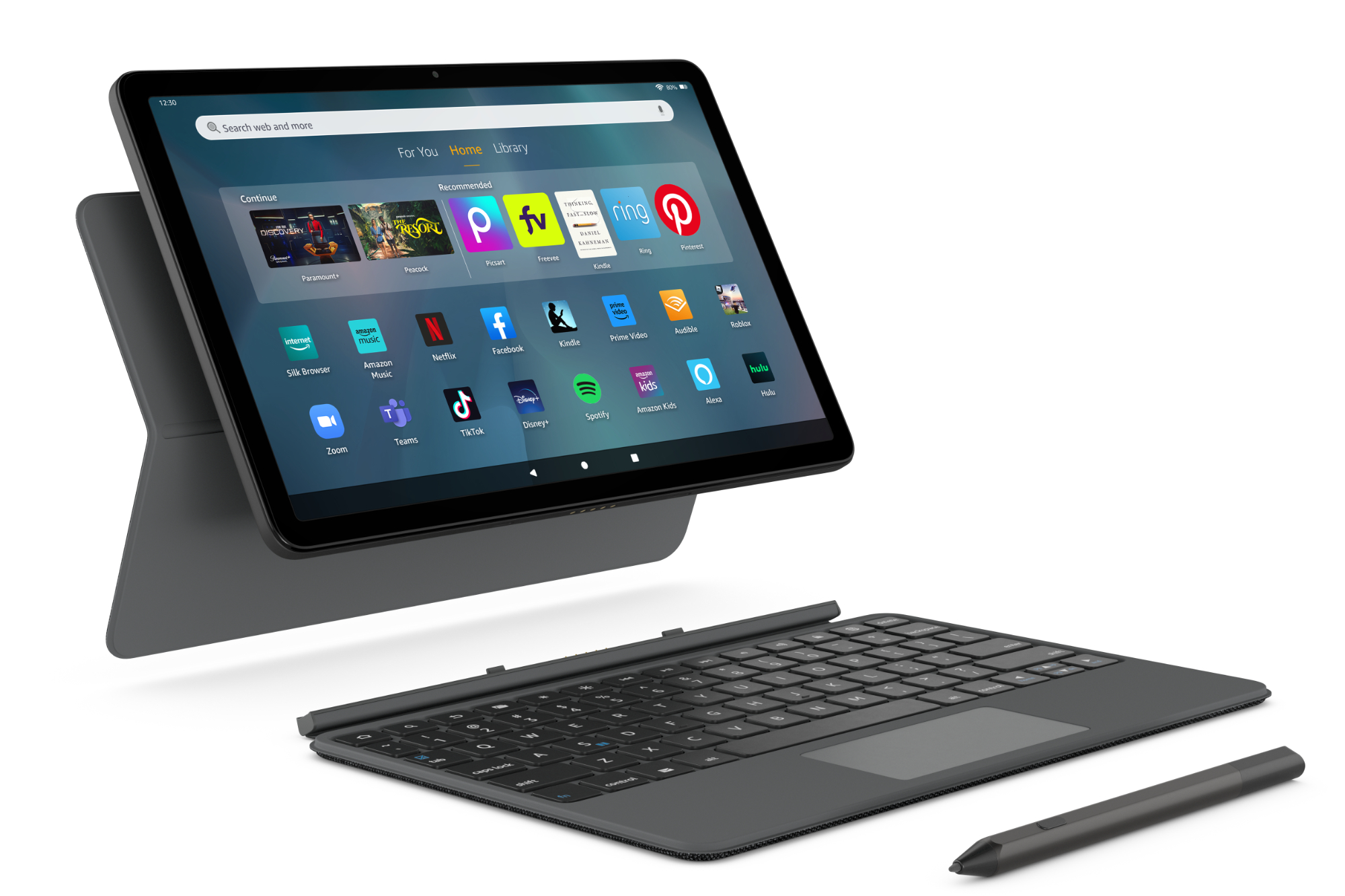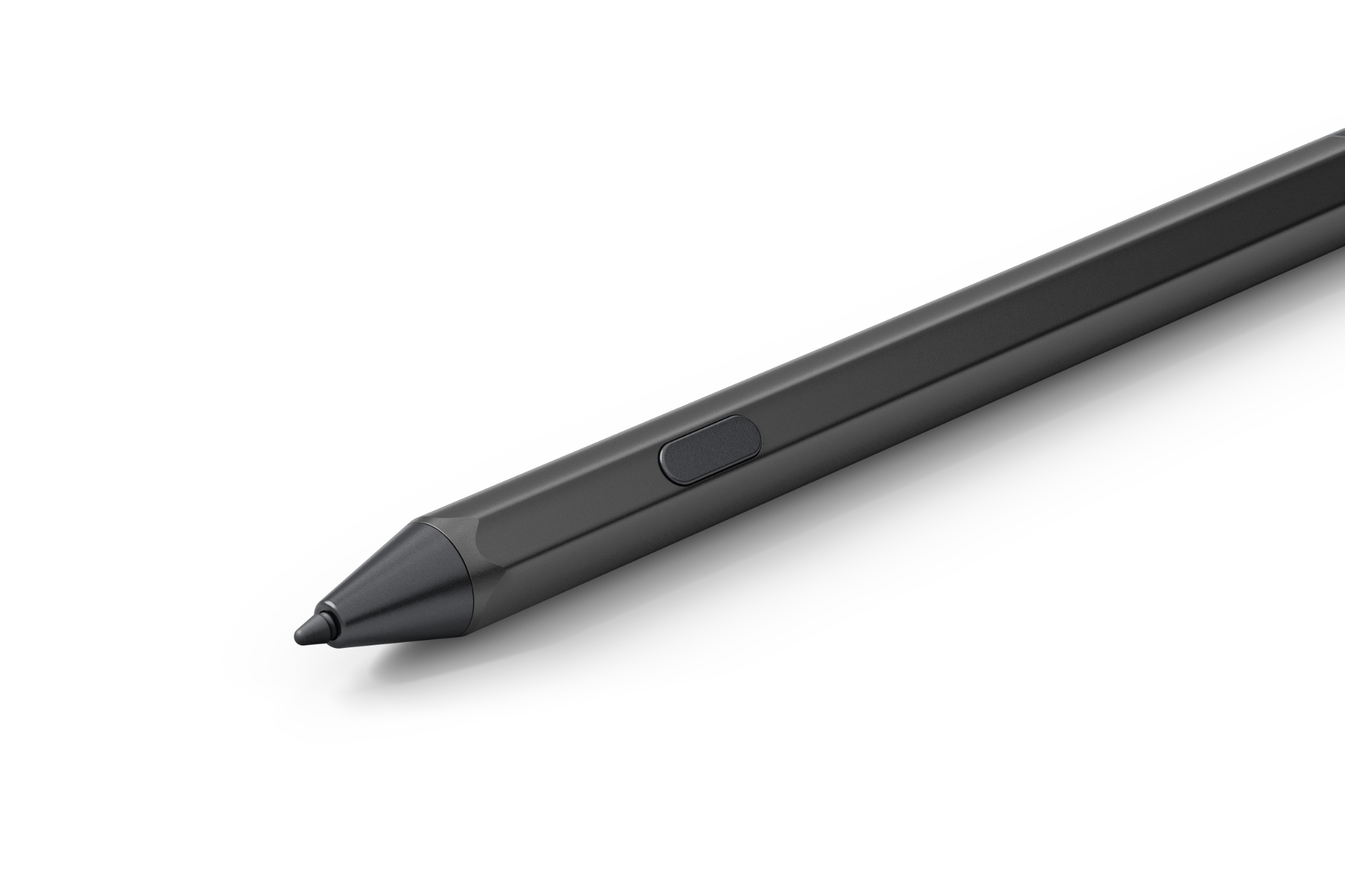
Amazon just announced a new tablet — and it’s probably not what you were expecting. Amazon’s latest foray into the Android tablet world is the Fire Max 11, and it aims to be far more premium and powerful than any of the company’s previous offerings.
The announcement also comes at an interesting time. Google just opened preorders for the Pixel Tablet, the OnePlus Pad recently debuted to fairly good reviews, and rumors of new Samsung tablets are quickly picking up. But even with so much going on in the tablet space, the Fire Max 11 looks like it could make a compelling argument for itself.
The Fire Max 11 has a few surprise features

There are a few things about the Fire Max 11 that we haven’t seen before on other Fire Tablets, the first of which is its aluminum design. All other Fire Tablets have opted for a cheaper plastic construction, but Amazon went with aluminum for the Fire Max 11. During my virtual briefing, Amazon really stressed the durability and lightweight nature of the design, and looking at the tablet in the official product renders, it does look considerably nicer than something like the Fire 7.
Another standout feature of the Fire Max 11 is its display. The 11-inch LCD screen is the largest one Amazon’s ever put on a Fire Tablet, overshadowing the 10.1-inch Fire HD 10. Amazon also upped the resolution to 2000 x 1200, and the refresh rate is 60Hz.

Inside the Fire Max 11 is an octa-core 2.2Ghz MediaTek MT8188J processor — which Amazon says is 50% faster than the previous fastest chip used in a Fire Tablet. As for battery life, Amazon is claiming 14 hours of “mixed-use,” which is a longer estimate than any of the other Fire Tablets. To charge the Fire Max 11, you get an included USB-C cable and a 9W power adapter in the box that will fully charge it in about 4.2 hours. If you have a faster charger you want to use, the Fire Max 11 also supports charge speeds up to 15W for a full recharge in 3.5 hours.
And to round things out, the Fire Max 11 also has a fingerprint sensor embedded in the power button — another first for an Amazon Fire Tablet.
Amazon’s going all-in with the accessories

But the tablet itself is only half of the story. The Fire Max 11 also comes with two optional accessories: a keyboard case and a stylus.
The keyboard case looks similar to Apple’s Magic Keyboard Folio for the 10th-generation iPad. The rear portion attaches magnetically to the back of the tablet and has an adjustable kickstand to prop it up at multiple angles.
The keyboard portion locks into the Fire Max 11 using a series of pogo pins and has 15 shortcut keys, plus a trackpad with gesture support. During my briefing, Amazon also claimed that the keys have “great travel” — something we’ll certainly be sure to test in our full review.
What about the stylus? It’s an active stylus with over 4000 levels of pressure sensitivity and can be used for drawing, writing, or simply navigating apps/menus. Amazon also says the stylus supports handwriting recognition, meaning it can convert your handwriting into regular text. There is a battery in the stylus, and Amazon claims it should last up to six months before you need a new one.
How much does this cost? Less than you’d think

What’s perhaps most impressive about the Fire Max 11 is the price. For just the tablet with 64GB of storage, it starts at $230 with an optional upgrade to 128GB (though you can also use the microSD card slot for expansion up to 1TB).
The keyboard case is available for $90, and the stylus costs $35. Alternatively, you can bundle the tablet, keyboard case, and stylus together and get the entire package for just $330 — a savings of about $25.
That’s a really good price, especially compared to some other Android tablets like the $479 OnePlus Pad and the $499 Google Pixel Tablet. We obviously don’t know how performance, battery life, and display quality will hold up in real-world use, but at least on paper, the Amazon Fire Max 11 looks like a tempting offer.
You can preorder the Fire Max 11 now, and it will begin shipping next month.




